Bowhunter education is often synonymous with safety. When we think of bowhunting education, it’s easy to imagine an instructor demonstrating to a class how to properly handle a compound or crossbow. However, safety is just one small aspect of any bowhunting course. Quality instruction has the ability to not only make you a safer hunter, but also a better hunter.
Bowhunters come to the sport for many different reasons. According to a 2015 study sponsored by the Archery Trade Association, the number one reason people get involved with bowhunting is family and heritage (41%). This implies that many archers learn to bowhunt under some sort of guidance, whether from a father, mother, instructor, or some other mentor figure.
This also implies that a strong portion of the bowhunting population comes to the sport via alternative routes that lack formal training. In the study, to have fun, friends and community, educational courses or camp, and movies or media round out the top five influences for why someone gets involved in archery. Although any reason is a good reason for deciding to shoot bow and arrow, these same folks might find it difficult to make that transition from backyard archery to actual hunting conditions without at least some basic knowledge on which to build. That’s where bowhunter education courses come in.
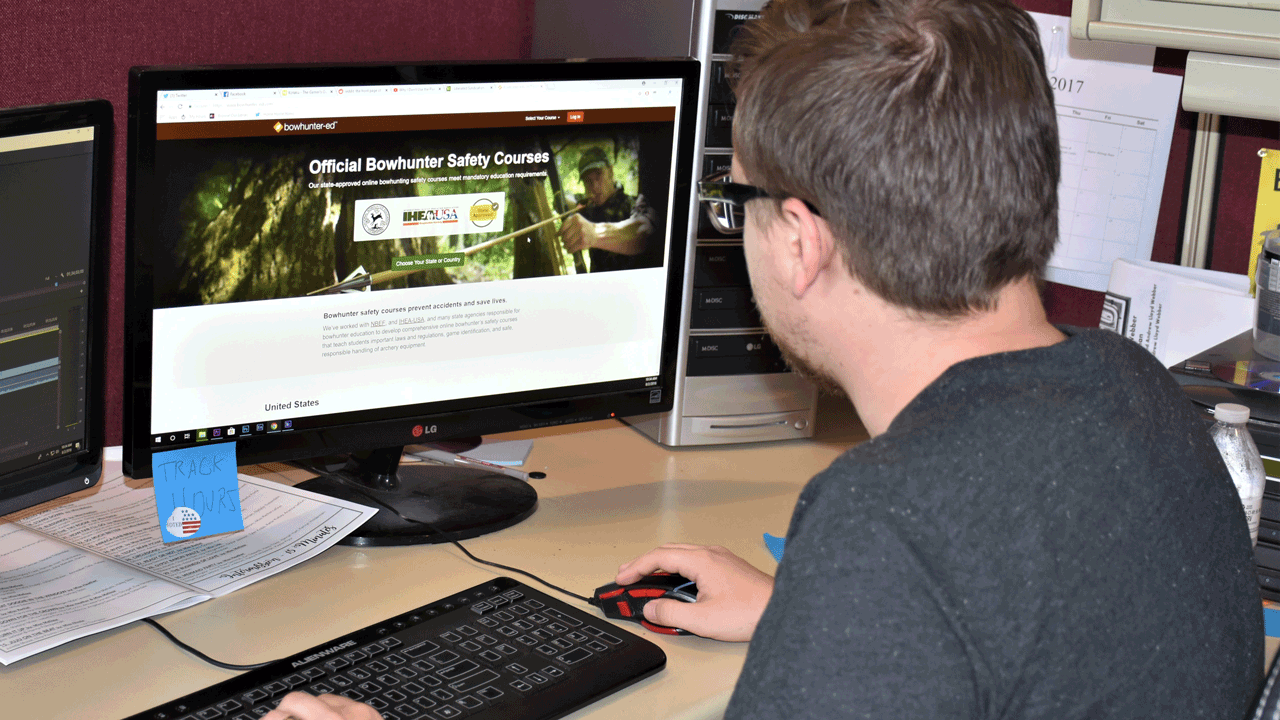
Should Bowhunter Education be mandatory?
State by State
Currently, the International Bowhunter Education Program (IBEP) is offered in all 50 states and all Canadian provinces. Only 12 states require first-time bowhunters to obtain certification before purchasing a license – Alaska, Connecticut, Idaho, Maine, Montana, Nebraska, New Hampshire, New Jersey, New York, Rhode Island, South Dakota, and Vermont. In Canada, only the provinces of New Brunswick, Nova Scotia, and Quebec require certification.
Also, not all states demand that all bowhunters get certified. For instance, South Dakota only requires it for first-time hunters and under-16 archery elk hunters. Idaho’s is for first-time bowhunters. It’s the hunter’s responsibility to know the requirements of the state in which they’re applying for a bowhunting license. The National Bowhunter Education Foundation (NBEF) website, www.nbef.org, contains an excellent resource with contact information for each state’s license issuing agency.
Certification is available via websites such as www.Bowhunter-ed.com and www.Crossbow-ed.com. Each website will allow you to sign up and take the course for free. However, if you want to receive your official certification card, which is necessary to purchase a license in a state where certification is required, the final cost is $30.
In order to understand the importance of bowhunter education, and to form an opinion of whether or not it should be required, I felt it necessary to sign up for a course and see for myself what they’re all about. To my surprise (and relief), it wasn’t just some dry survey course of outdated material. Much of it, I felt, was relevant if not necessary to today’s bowhunters and the future of bowhunting.
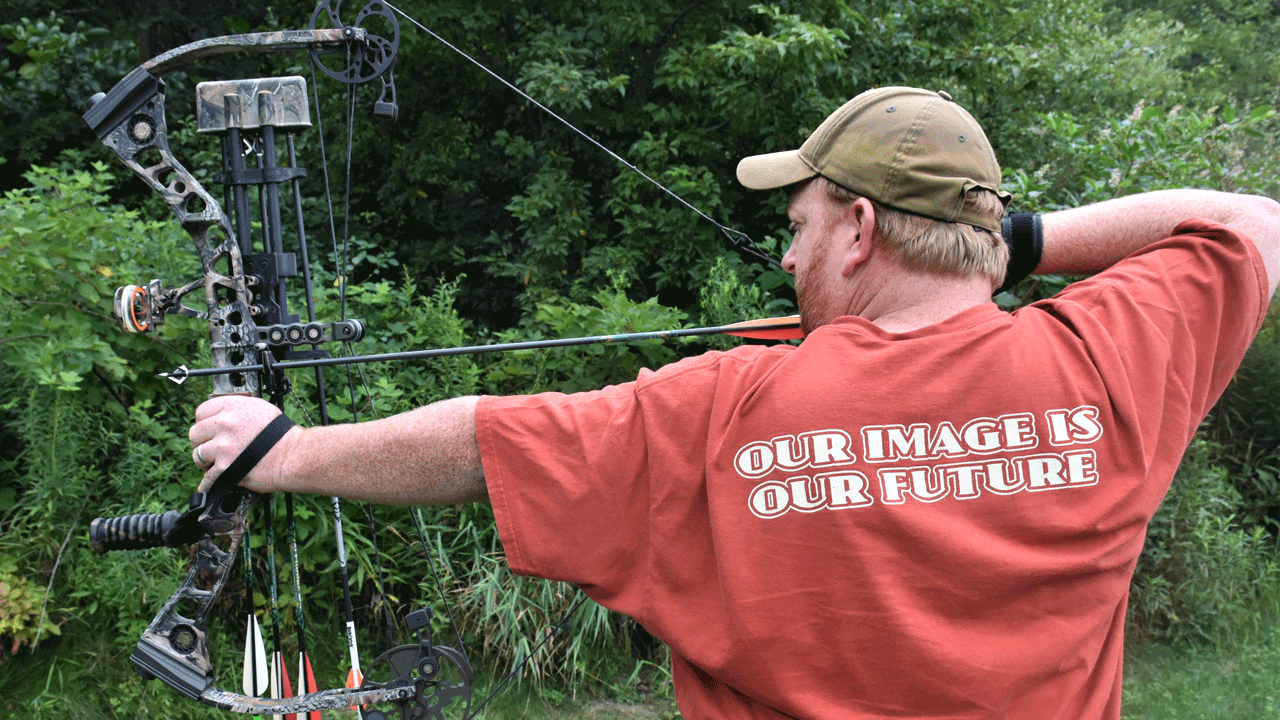
You may be surprised at how much education can be gained through a Bowhunter Education class.
The Value of Bowhunter Education
The first section of the course focused on the history of bowhunting. Sure, you don’t need to know that Dr. Saxton Pope and Arthur Young, the “Fathers of Bowhunting,” learned their skills from Ishi, the last known survivor of the Yana tribal group in California. The result was Pope’s book, Hunting with the Bow and Arrow, which introduced many Americans to bowhunting. You also don’t need to know that Doug Easton started producing quality aluminum arrows in the 1940s, or that Holles Wilbur Allen applied for the first patent on a compound bow in June 1966.
This information is interesting, but it doesn’t necessarily make anyone a better or safer bowhunter. What it does, though, is allow a deeper appreciation for the history of our sport, which is perhaps equally as important. Modern bowhunters should know that the equipment available to us today is the product of decades of development and ingenuity, and how we use that equipment reflects the pioneers who came before us as well as effects all of those who will follow in our footsteps.
Another aspect of the first few sections of the course that I found appealing was that it provided excellent examples of why we do what we do and the importance of hunting as a conservation tool. This is especially important for people new to hunting to know. Those of us who grew up in hunting families know why we hunt. But imagine not having that background. Imagine you’re a teenager starting out fresh. What do you tell friends who don’t hunt when they ask why you do? In that regard, these education courses instill the value of hunting and arm new bowhunters with knowledge about conservation and wildlife management.
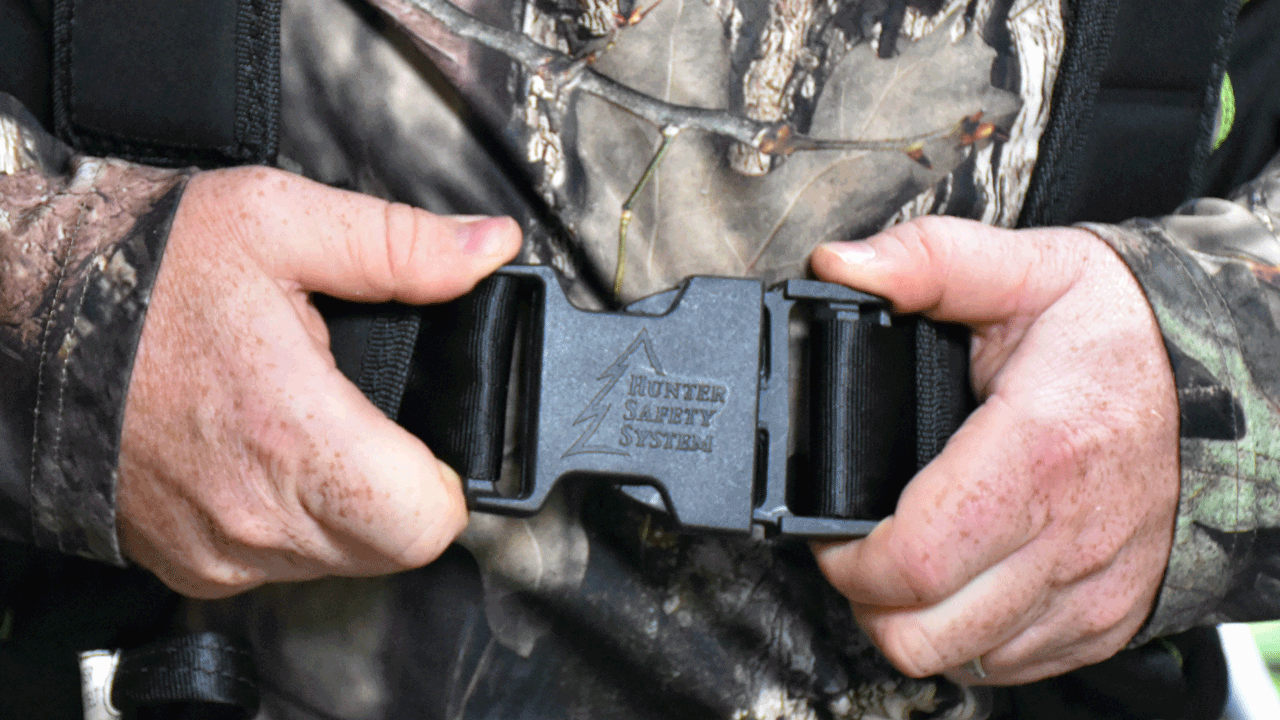
Is there more to Bowhunter Education than safety training?
Attention Social Media Users
A big portion of the bowhunter education course revolved around how hunters are perceived by nonhunters, and how to be respectful to the animals we pursue. The Pennsylvania Trapper’s Association sells a tee-shirt with the slogan on the back that reads “Our Image Is Our Future.” It wouldn’t be a bad thing if every conservation organization and hunt club in the country also adopted that slogan because those words have never been truer than they are today.
The United States is home to approximately 13.7 million hunters. That sounds like a lot until you realize that we only make up roughly 6% of the overall population, which means that there are far more people in this country who don’t hunt. This is especially significant in a society where our hunting privileges sometimes find their way into the political arena, such as with black bear hunting in New Jersey, as well as on ballot-box initiatives, such as with mountain lion hunting in California. In both instances, hunters lost despite scientific evidence supporting our case because we were outnumbered and out-resourced.
Animal rights groups don’t care about scientific facts. All they care about is getting their message, often sensationalized and inaccurate, to as many non-hunters as possible. This means that how we bowhunters as a group present ourselves to the non-hunting public is increasingly important.
Anyone who frequently posts hunting photos on social media should take a Bowhunter Education course just as a refresher to remind them of how to do it tastefully. We don’t have to cater to the non-hunting public, but there are respectful ways to share our joy and promote what we do. Always remember that each individual bowhunter is representing the group as a whole, and the actions of that bowhunter often reflect how we as a group are perceived by the general public.
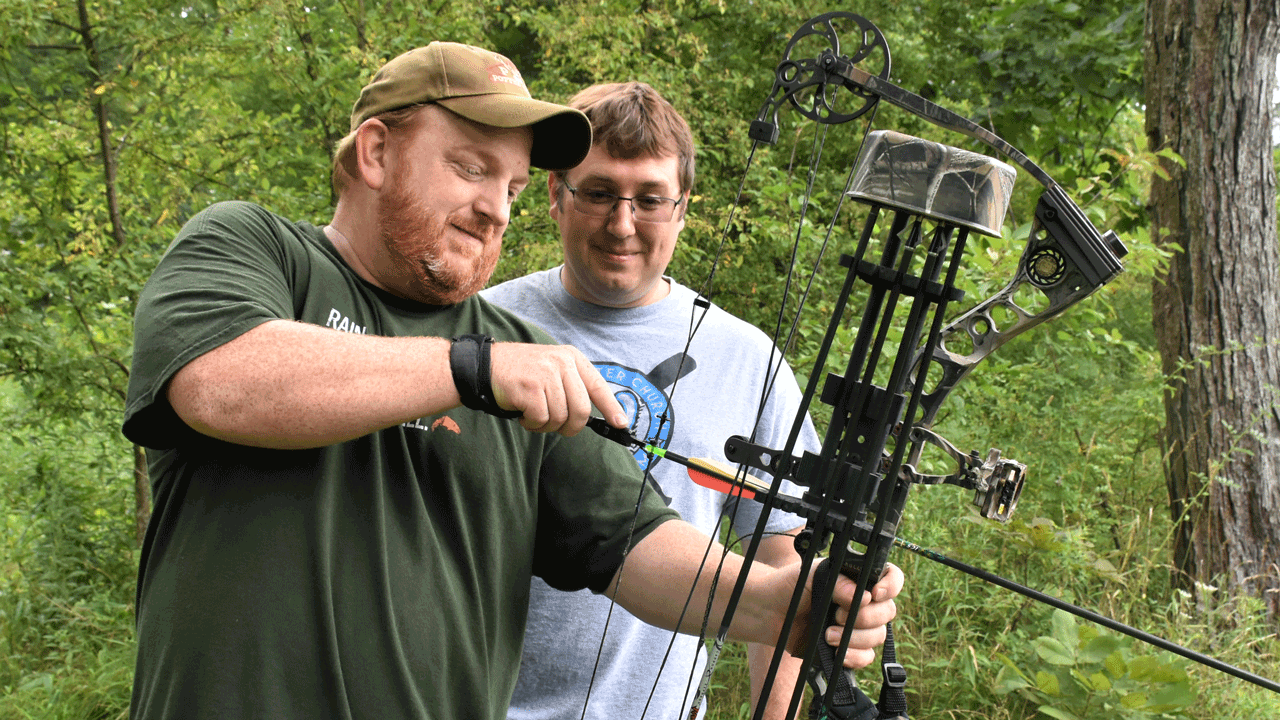
Bowhunter Education passes on the rich tradition of bowhunting and the legacy of those who pioneered the way.
Safety, Of Course
What would a Bowhunter Education course be without lots of safety instruction? As I’ve gotten older (I’ve been bowhunting for 25 years now), I know I’ve gotten safer. Simply put, I don’t take as many risks as I used to take, especially with stand placement and wearing a safety harness. I’m beyond that phase of youth when I thought I was invincible. Now, I understand that taking such things as climbing in and out of my tree stand for granted can mean the difference between life and death.
Experienced hunters tend to think that they’ve been at this game for so long, and have done things the same way for so long, that they’ve got a lock on safety. And that’s exactly when accidents happen. Going through this Bowhunter Education course, I recognized several of my own bad habits that could potentially lead to disaster.
In short, nobody should mind a refresher course in safety.
A Better Hunter
Should Bowhunter Education be required? After completing and passing this course myself, I’d say yes, and not just for young or new bowhunters. Even seasoned veterans need a refresher course now and then.
For new and experienced hunters alike, Bowhunter Education courses are full of valuable information. A PDF of Today’s Bowhunter, which is the complete study guide and worksheet used as the basis for the IBEF certification, can be downloaded free by visiting www.Bowhunter-ed.com/newyork/manual/. In it you’ll find useful tips for shot placement, big game recovery, and field care, among a host of other topics.
The final aspect of bowhunter education centers on basic survival skills. How to plan your hunt, first aid procedures, and how to read topographical maps and compasses are all covered. These are skills that every bowhunter should know, yet sometimes we rely too much on technology to guide us.
Although Bowhunter Education courses also offer a number of hunting tactics that can help you be more successful afield, their value goes beyond actually filling your tag or putting meat in the freezer. They’re designed to make you more aware of the sport’s history as well as its future, and to always, no matter what, show respect for your quarry. All of these things combine to make us better bowhunters and ambassadors for the sport we love.

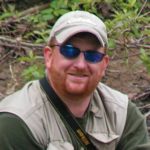 By
By 



